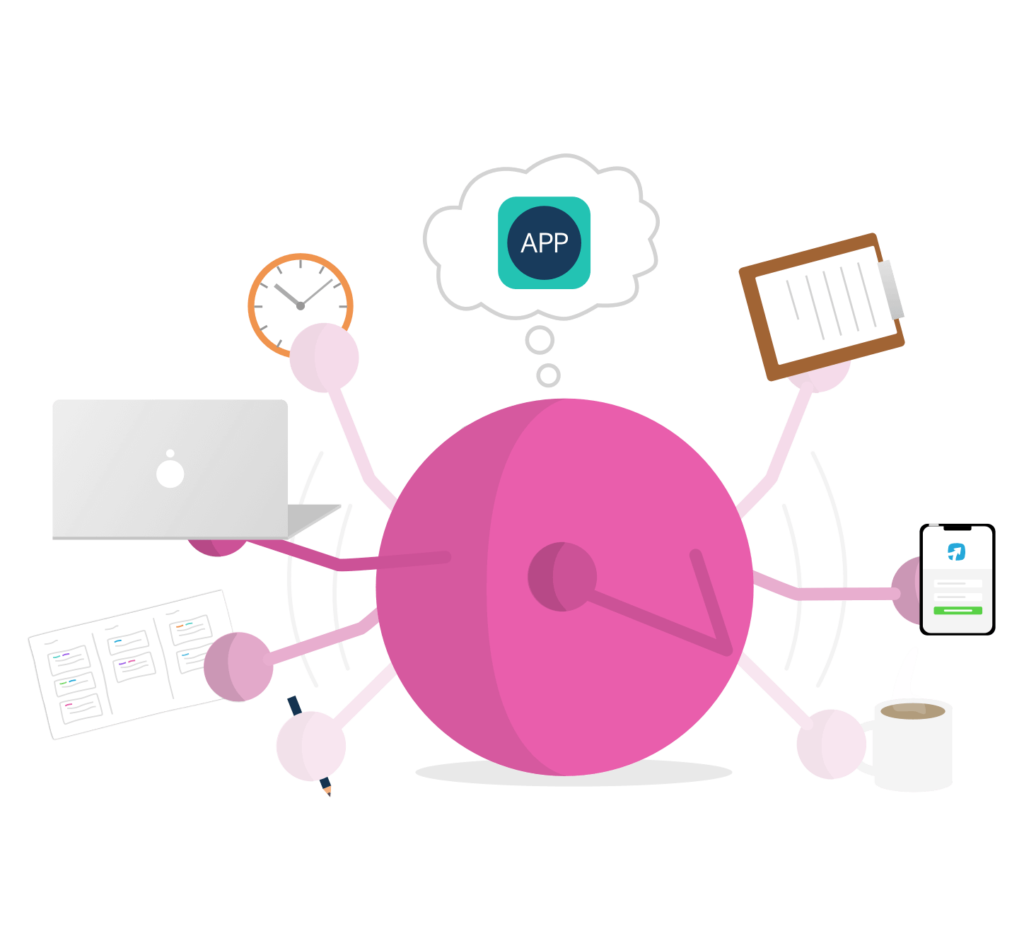Product Owner Vs Product Manager – What’s the difference?
The difference between product owner vs product manager can be slippery. Where does one job stop and the other begin?
Well, you probably came here looking for one concrete answer that will clarify your understanding of the roles from this point on. Unfortunately, it’s not so clear cut!
The “product owner vs product manager” subject is hard to parse for a few reasons:
- The job definitions vary from company to company – What a product manager does at Company X could be quite different from the product manager at Company Y.
- The job titles and terms themselves are tricky – Does “owner” really make sense?
- The actual day-to-day work doesn’t always match the job title – Classic company issue!
We’ll get into these reasons as we go along.
But first, let’s break down what the product manager (PM) and product owner (PO) do, both the daily responsibilities they have and the roles they play in the bigger picture.
Then we’ll explore where the confusion comes from and how to clarify these two titles so that your team functions like a well-oiled machine — or, you know, like a happy ecosystem of smart people!
What is a Product Owner?
The product owner is like a project manager for a sprint. This is the person who makes sure the product backlog is in tiptop shape before any tickets are handed off to the development team.
The PO represents the voice of the customer, understands user needs, and communicates requirements to the dev team by writing great user stories or product specs. In some cases, they’re also in charge of prioritizing the backlog for each sprint.
It’s helpful to think of PO as a responsibility rather than an exclusive role for a single person, although many companies have someone on the team with the PO title!
I describe it as “a hat that someone wears” — anyone could wear it! In fact, the classic definition of a PO is a roaming role, which changes with each sprint or as needed. It could even be someone on the development team itself doing the product owner responsibilities.
That’s why the term “owner” can be misleading, because the person in this role could be temporary. Plus, this role doesn’t actually have final say on the overall product or its direction.
Bottom line: No matter who wears the PO hat (or title), their purpose is to represent the voice of the customer in each spec and handle backlog grooming before the sprint begins.
Sometimes the work of a product owner is included in the job of a PM, which brings us to…
What is a Product Manager?
The product manager is a wider-reaching role. This is the person focused on overall product strategy, collecting feedback, discovering the problems facing the business and its customers, and figuring out how to bring vetted solutions into reality.
The PM generally leads and works across teams to get the product designed, built, and launched. The work involves cross-functional collaboration with design, business development, marketing, customer support, you name it! And of course, the PM is in charge of building a product roadmap that is not only useful and reliable, but generates buy-in among these teams.
The PM role is much more strategic and people-oriented than strictly technical or sprint-focused. We’ve even documented some surprising skills needed to master the Product Manager role.
Bottom line: The PM is a researcher, strategizer, and decision maker, with authority on product direction and the responsibility to bring people on board and manage those stakeholder expectations.

Why the confusion around Product Owner Vs Product Manager?
Like we said up top, it’s nearly impossible to compare titles across companies. Someone could be called “product manager” but doing work that’s unrelated — or, on the flip side, they could be doing PM work but not have the title. Someone called the “product owner” could absolutely be executing the whole gamut of the PM role.
Inconsistency across companies isn’t much of a problem so long as within your team, you understand clearly which role has which defined responsibilities, and how they can work best together.
Whenever roles aren’t clearly defined, there’s a risk of tension on a team. In the product context, the handover and cadence between PO and PM is important. My recommendation is that you focus first on the functions (such as each person’s role, responsibilities, remits, workflows, etc.) then figure out appropriate titles.
How a Product Owner and Product Manager can work together?
Indeed, the work is closely linked! The PM captures all ideas, suggestions, and feedback. The PO helps flesh these out, so that a decision can be made: What takes priority? What just isn’t feasible? The two share a product backlog and often must manage it together.
With ProdPad, we’ve built a tool that helps each role (or anyone who might be doing both roles at once!) carry out daily tasks, without losing sight of the big picture and while keeping other teams in the loop.
The PM can store all feedback or potential ideas in one place, work on their backlog in their own time, create a space that’s transparent for the whole team, and show how solutions or priorities meet overall business objectives.
Meanwhile, the PO can prioritize ideas or spec out prioritized tickets to be “ready for dev.” ProdPad offers a final touchpoint before handoff, where the PM and other teammates can view what’s coming down the pipeline.
The result? Aligned teams, smooth sprints, and happier users.
